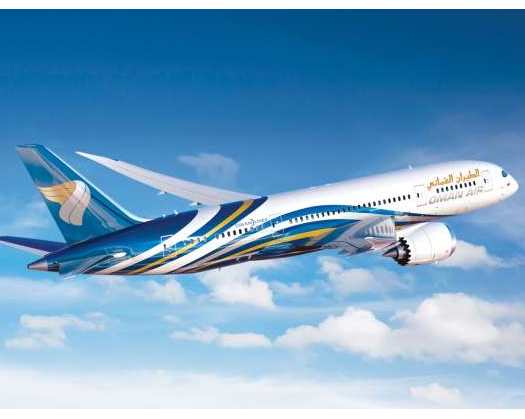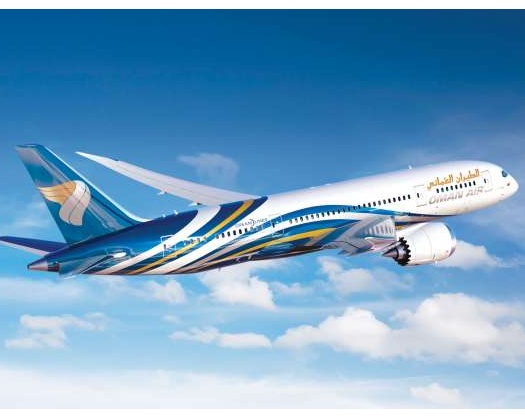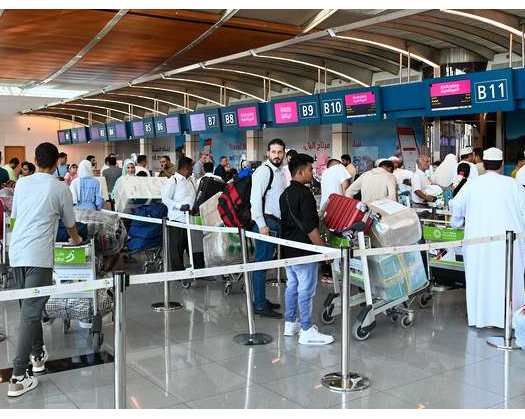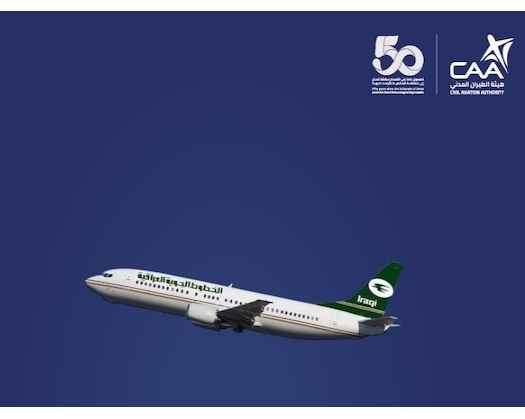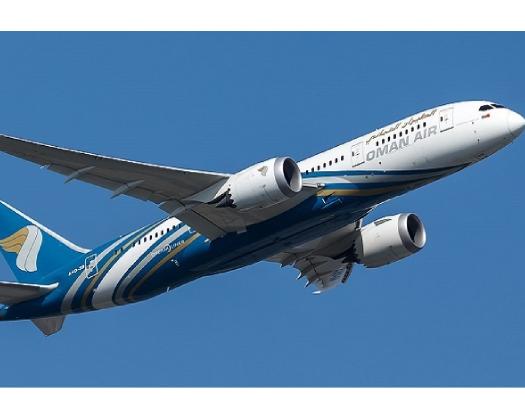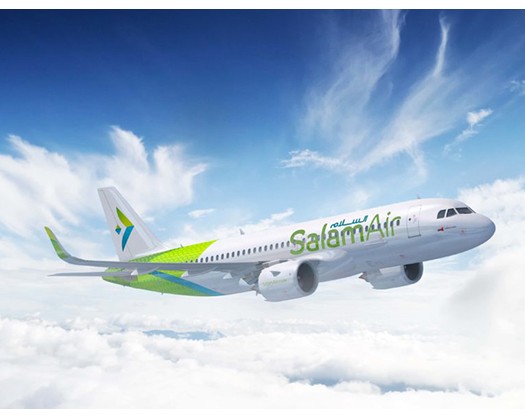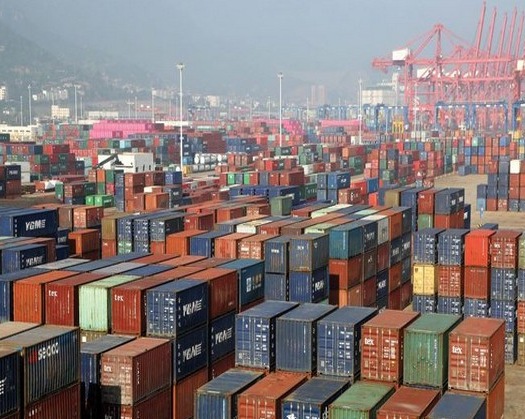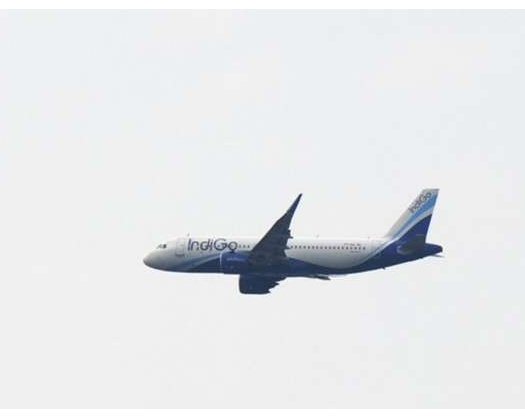Muscat: Oman Air, the national carrier, has verified that it has conducted precautionary inspections on the fuel switch systems of its Boeing 787 and 737 fleets.
Captain Nasser Al Salmi, Oman Air's Chief Operating Officer, confirmed this in an exclusive interview with the Times of Oman, saying, “In line with regulatory guidance, we have conducted extra fuel switch checks on all of our Boeing 787 and 737 aircraft as a precautionary measure and as part of our ongoing commitment to the highest safety standards. ”
Oman Air has eight Boeing 787s and 23 Boeing 737s.
While Boeing and the United States Federal Aviation Administration have confirmed the safety of the fuel switch locks, several airlines, including Oman Air, Etihad, and Singapore Airlines, have chosen to take extra precautionary measures to ensure operational assurance and safety continuity.
India's civil aviation authority has ordered airlines to perform precautionary checks of the fuel switch locking mechanisms on all Boeing 787 and 737 aircraft by July 21. This directive follows a recent technical review and aligns with the industry's emphasis on ongoing safety improvements.
On Monday, Etihad, the United Arab Emirates' second-largest airline, instructed all of its pilots to inspect the fuel switches on 787 jets in its fleet.
India's Aircraft Accident Investigation Bureau (AAIB) preliminary report, released early Saturday, stated that the fuel control switches were in the "cutoff" position, sparking a worldwide debate over whether pilot action or mechanical failure caused India's worst single-aircraft aviation disaster.
Fuel switches are important parts in the cockpit of an aircraft that manage the flow of fuel to the engines. The Boeing 787, which crashed in Ahmedabad, has a single switch for each engine. The switches are located below the throttle levers in the cockpit's central console, where pilots' hands naturally rest during important flight phases. Physical brackets inhibit each switch on both sides, preventing accidental brushing against them. A spring-loaded mechanism requires pilots to pull each switch upward under resistance before it can be moved.

